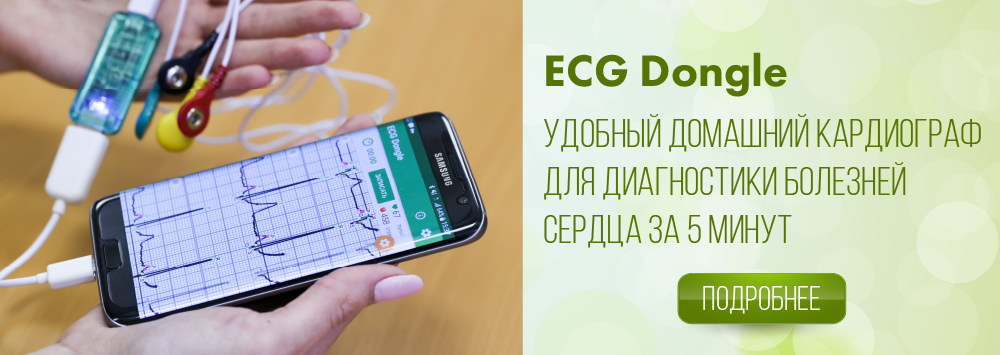Parasystole
Parasystole is a kind of rhythm disturbance, in which there is an additional focus of generation of the heart impulse regardless of the basic heart rhythm. Thus, in the human heart there is a double rhythm formation, in which the main rhythm comes from the sinus node and an additional rhythm comes from any part of the heart. This is manifested by the presence of extrasystole (a premature contraction of the heart due to the occurrence of abnormal electrical impulses in any part of the heart) or episodes of tachycardia (heart palpitations). The paracenter, that is, the source of an additional heart rhythm, constantly produces impulses at a certain frequency, often from 20 to 60 beats per minute. Parasystole can occur in people with heart disease, as well as in healthy people. Sometimes it is found among athletes.
Symptoms of parasystole:
- Sensation of coups, "fading" and "pushes" of the heart, there may appear attacks of rapid heartbeats.
- Increased fatigue, weakness, dizziness, decrease working capacity.
- Pain in the heart, fainting, which can accompany attacks of rapid heartbeat.
In some people, the disease is asymptomatic. In this case, parasystole is detected accidentally during the registration of the electrocardiogram.

